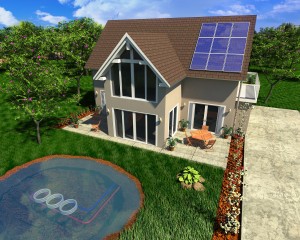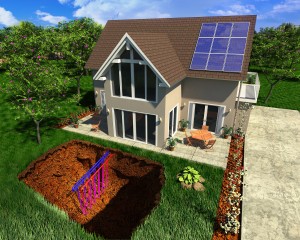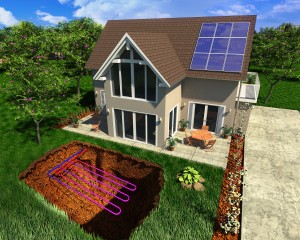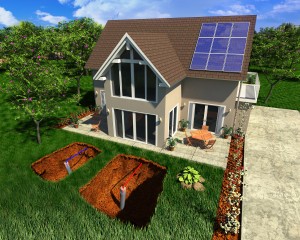
Geothermal heat pumps use the earth as a heat source in the winter and as a heat storage source in the summer. Typically consisting of an indoor heat pump and a buried system of pipes called a ground loop and/or a well system, these systems utilize the constant temperature of the earth to provide “free” energy.
This method provides extremely efficient heating or cooling all year long in virtually any climate without harming the environment. Plus, the ground loop components can last up to 50 years!



